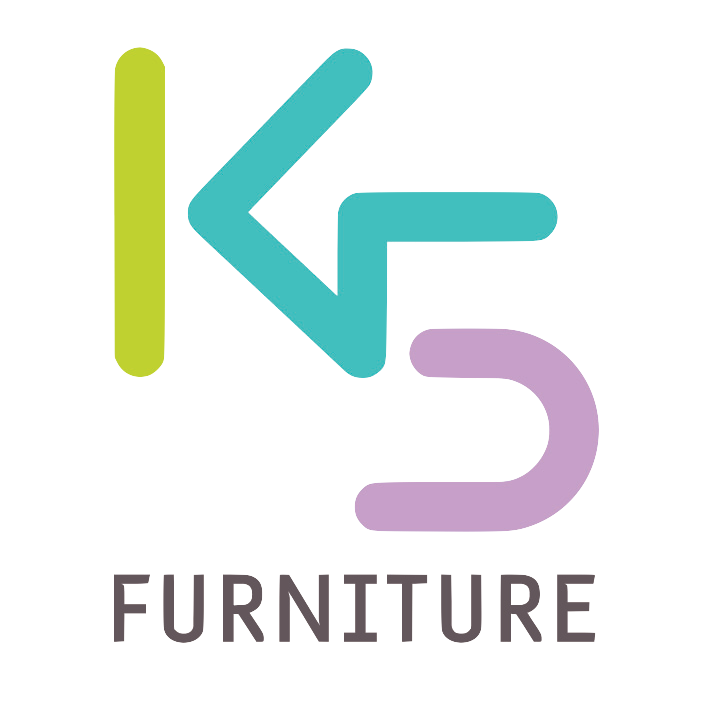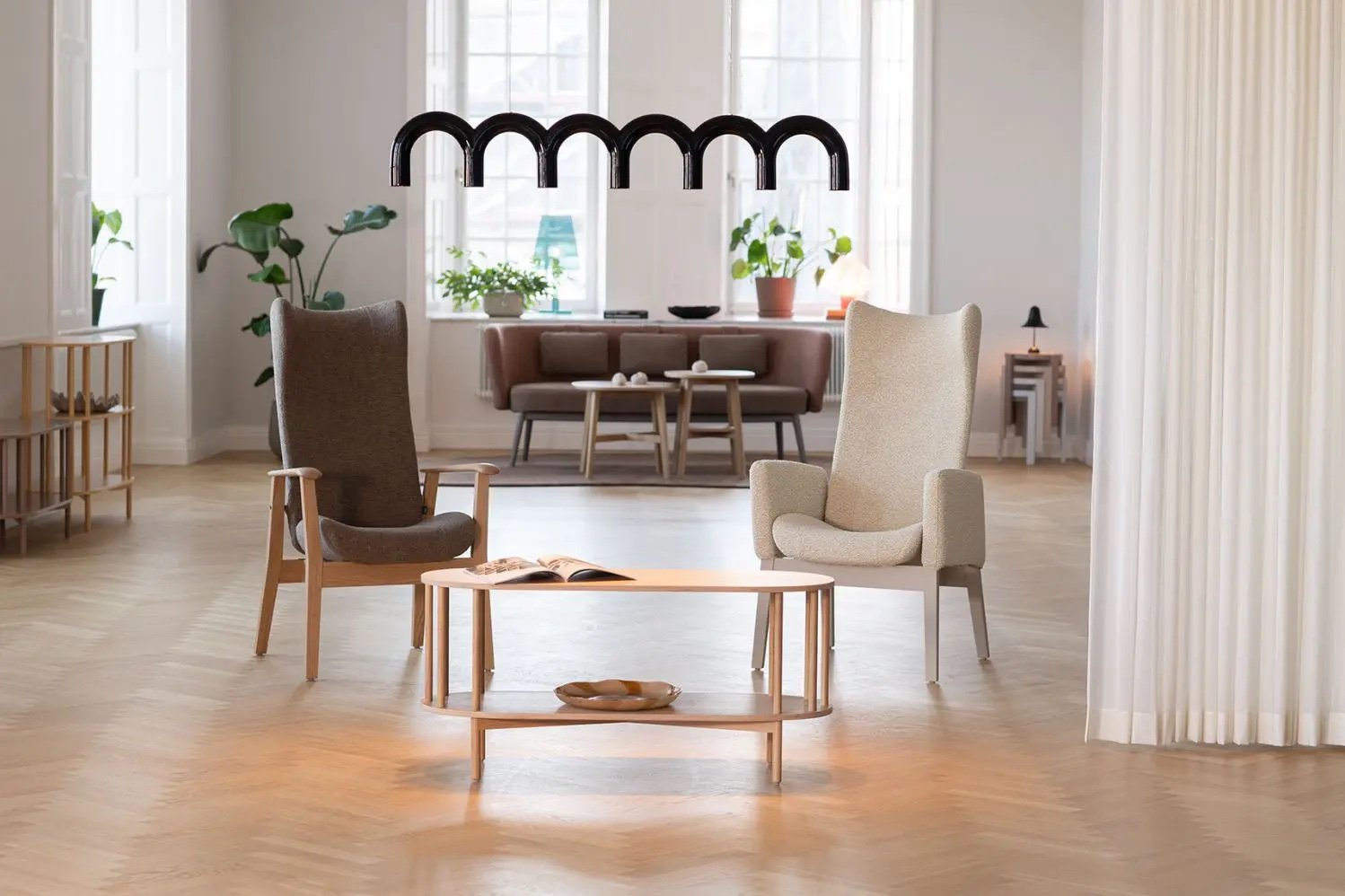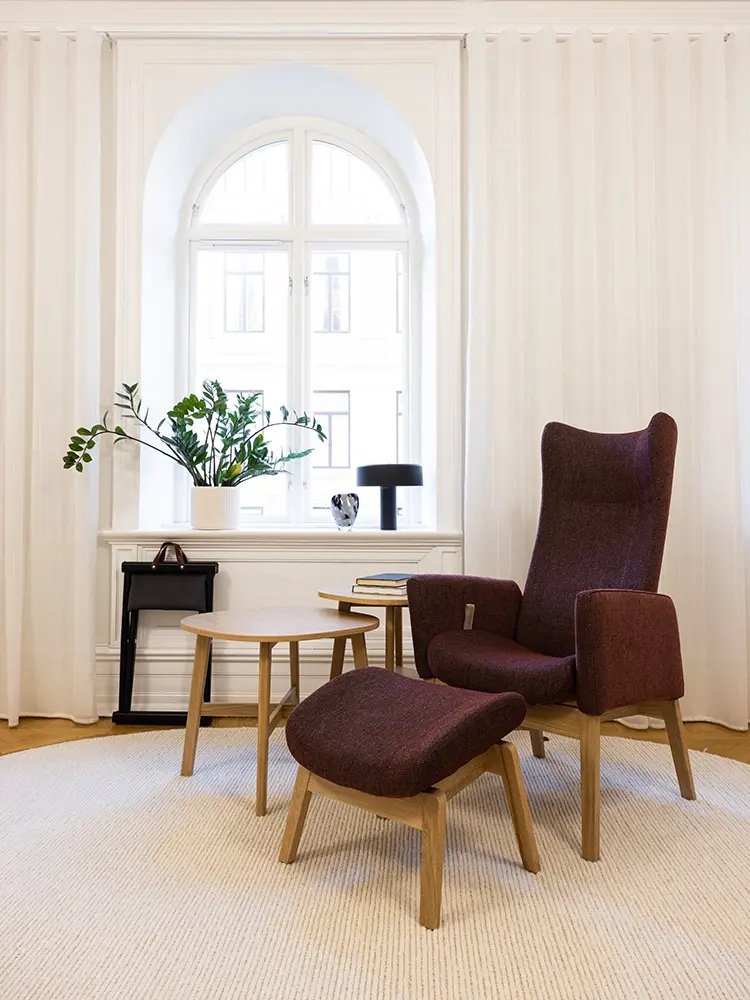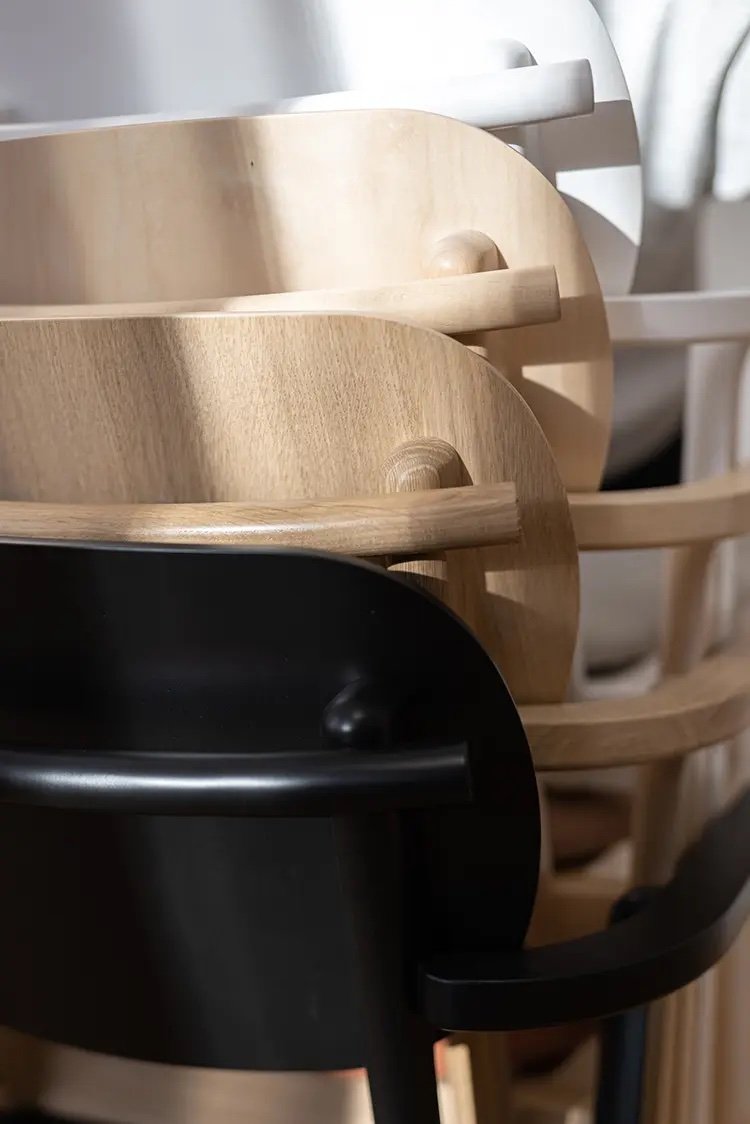Meeting the Needs of Care Environments
Residential care facilities, group homes, health centres, hospitals, and other care facilities must cater to diverse individuals and needs. These spaces should ensure that everyone feels safe, respected, and as comfortable as possible during sensitive phases of life—whether it’s a temporary visit or a permanent home.
By designing environments based on identified needs, incorporating thoughtful layouts, and specifying appropriate furnishings, we can create spaces that emphasize well-being, functionality, and inclusion. The foundation of such solutions lies in empathy, understanding, and respect—not just for residents but also for staff and visitors.
Healing environments must make individuals feel safe, stimulated, and included. These spaces should feel like home—inviting, comfortable, and human-centered—to enhance well-being and support recovery. Key characteristics of such environments include:
Undemanding sensory stimulation: Avoid overstimulation while incorporating positive sensory experiences.
Variety and flexibility: Provide diverse spaces that accommodate different needs and activities.
Customizability: Enable environments to adapt easily to various uses, promoting functionality for users and staff alike.
Key Requirements for Health Sector Furnishings
Ease of Use and Navigation
User-friendly furniture is essential to support individuals and minimize risks of injury. For example, the Amulett functional armchair features a simple, user-friendly fabric pull mechanism - used to recline - within easy reach, ensuring accessibility and reducing strain.
Amulett Armchair with Julia Coffee Table by NC Nordic Care
Amulett Pull mechanism by NC Nordic Care
Amulett Armchair with Footstool by NC Nordic Care
Acoustic Management
Noise can overstimulate individuals, creating stress in care environments. Using sound-absorbing materials, such as the Nordgröna reindeer moss, reduces unwanted noise pollution while offering a calming, low-maintenance greenery element. These features not only enhance focus but also provide a positive distraction from stress, anxiety, and pain.
Cloud by Nordgröna
Pixel by Nordgröna
Canvas by Nordgröna
Ease of Cleaning
Cleanliness is paramount in healthcare settings. Furniture with features like gaps between seats and backs prevents dirt buildup and bacterial pockets. Additionally, removable, washable, and protective fabrics increase the longevity of products while maintaining hygiene standards.
Humlan by NC Nordic Care
Amullet by Nordic Care
Mobility and Accessibility
Furniture should empower users and facilitate ease of movement for both individuals and caregivers. Examples include:
Armchairs designed for hanging to simplify cleaning and repositioning.
Easy-grip handles to assist users in moving furniture.
Lightweight designs that enable effortless lifting and handling.
Rare Chair by NC Nordic Care
Jackie Chair by NC Nordic Care
Charlie Chair by NC Nordic Care
Inclusivity
Inclusive design ensures all individuals—whether wheelchair users, parents with prams, or those carrying large items—feel integrated within a space. For instance, the Be a Part of modular sofa allows for flexible configurations that place users within the communal area rather than on the periphery. Additionally, our product range includes bariatric chairs to accommodate diverse body types, ensuring comfort and equity for all.
Hammer Armchair by Segis
Carell by Segis
Be a Part of by NC Nordic Care
By focusing on well-being, functionality, and inclusivity, we can transform care environments into spaces that nurture and empower individuals. Our furniture solutions address the unique challenges of healthcare settings, combining user-centric design with durability and adaptability. These elements work together to create environments that truly support healing and improve the lives of everyone within them.














